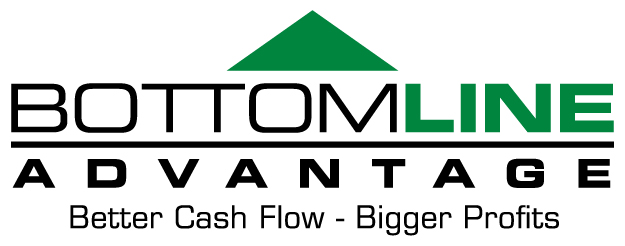- November 5, 2017
- Posted by: David Cantliffe
- Category: Cost Reduction, Profit Leakage, Profit Recapture
Your Company Has Grown/Is Growing Through Acquisition
Companies growing through the acquisition of other companies can have all the challenges mentioned above, plus they’re inheriting completely different infrastructures and company cultures that have to be managed and eventually integrated.
Usually, the infrastructure has to remain as it is for some period of time because there are vendor relationships and agreements in place supporting the business you just acquired.
For every company you acquire, you have another “different way of doing things” to track and manage. Each acquired company’s infrastructure management system is different from yours.
Typically, it’s easier to use what’s in place rather than converting it until current vendor agreements expire and transition can occur.
Just like in the first scenario, your resources are stretched thin and focused on customer acquisition, product/service delivery, and integration of the new company(s).
It’s quite rare to find a company with sufficient labor resources to keep up with growth and company integrations as well as optimizing infrastructure.
We normally see companies getting the most important tasks done and keeping their infrastructure patched together enough to keep key business processes moving forward.
The same “we’ll get back to this later” mentality prevails and is understandable. There’s only so much bandwidth available and it’s directed toward mission-critical functions like customer acquisition, product/service delivery, and integration.
As long as you’re meeting your profit targets, infrastructure efficiency is not a critical topic.
Ray Seabrook, former CFO of Ball Corporation, once told me, “We pay most of our attention to our direct and raw material costs.” He added, “But if you never look at your indirect spend, it’ll eat your lunch.”
For the most part, analyzing indirect spend categories is laborious and mind-numbing. It requires painstaking attention to detail and patience.
It requires significant experience and research to establish a baseline per expense category. Then, multiple steps and a considerable time investment are needed to thoroughly research any vendor industry to determine the vendor offering that represents the best value for your company.
This is exactly why companies growing rapidly tend to allocate labor resources toward revenue growth and the quality of their product/service.

